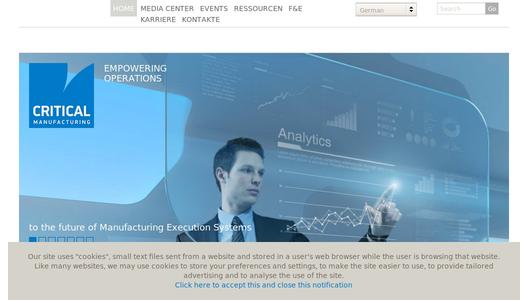Documents are probably the unsung heroes of the Quality Management endeavor, as they ensure that all personnel participating in quality effort are aware of their responsibilities, goals, outcomes and improvements.
This makes document management a big challenge for manufacturing organizations, even when they have an automated plant - an automated plant does not necessarily make the document management automated. In modern manufacturing plants, it's an absolute necessity to provide documents to the personnel on the shop-floor, in their most updated and approved version, which would mandate it being managed through IT applications. Today we will look at the possible benefits of having a built-in DMS with the MES application, and how this impacts the overall Quality Management in the organization.
Right from the time a customer sends a purchase orders with product specs, the role of documents in the process initiates. since the order for the raw material is sent based on the customer's specs, then, upon receipt, its quality is determined based on quality control documents.
When the material is passed to the production floor, the operators work on it using the SOP and Work instructions - which are again key documents (not to mention the documents related to operator training, machine manuals, recipes and routing,which all come into play during the operation).
Then come the quality related documents, where data of the production is recorded at various points during the process, both for compliance and quality control/improvement purposes.
Finally the end product is inspected again as per the spec and internal quality documents, before being passed to logistics department, which will finally ship the product, again using the shipping documents.
Traditionally in all manufacturing operations, each and every document was formulated, proof-read, approved, implemented, recorded, analyzed and compiled manually. The effort involved in maintaining the requisite document records and to make sure each document on the shop-floor is legitimate and accurate, was quite a mammoth task. Even now in many manufacturing plants, where there is a basic ERP supporting activities like procurement, customer service, production job creation and logistics, still a lot of effort goes into printing out the required documents, updating them, authorizing and then recording/archiving.
For more information about Document Domain click here to read the complete blog post http://goo.gl/zHQoWW.


